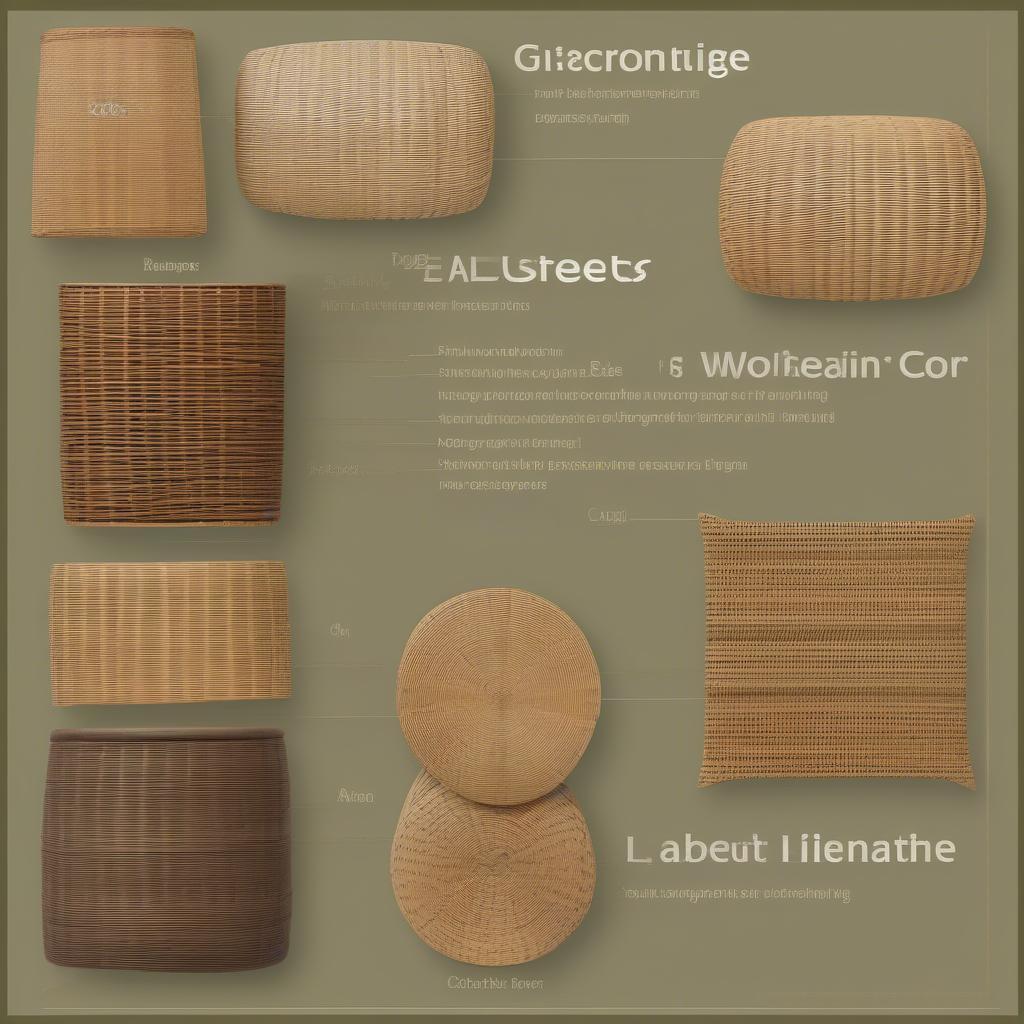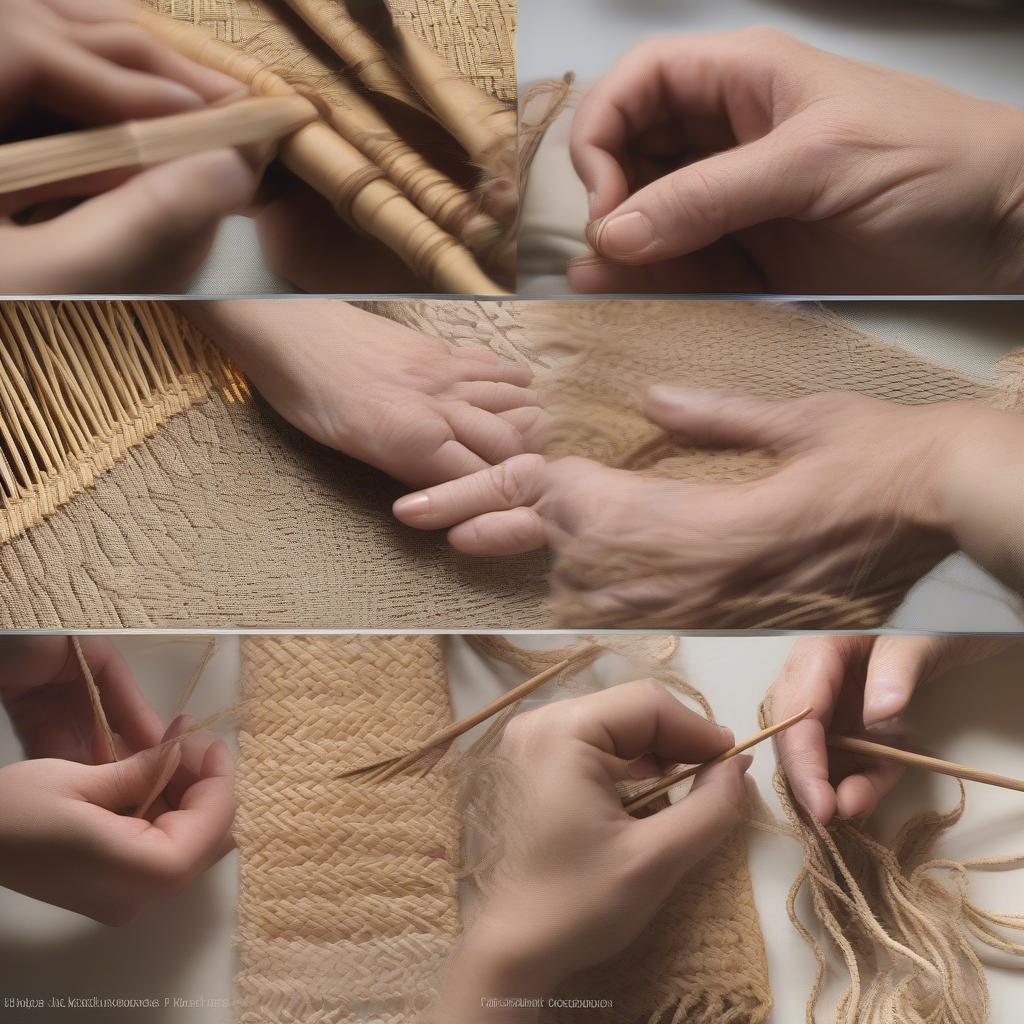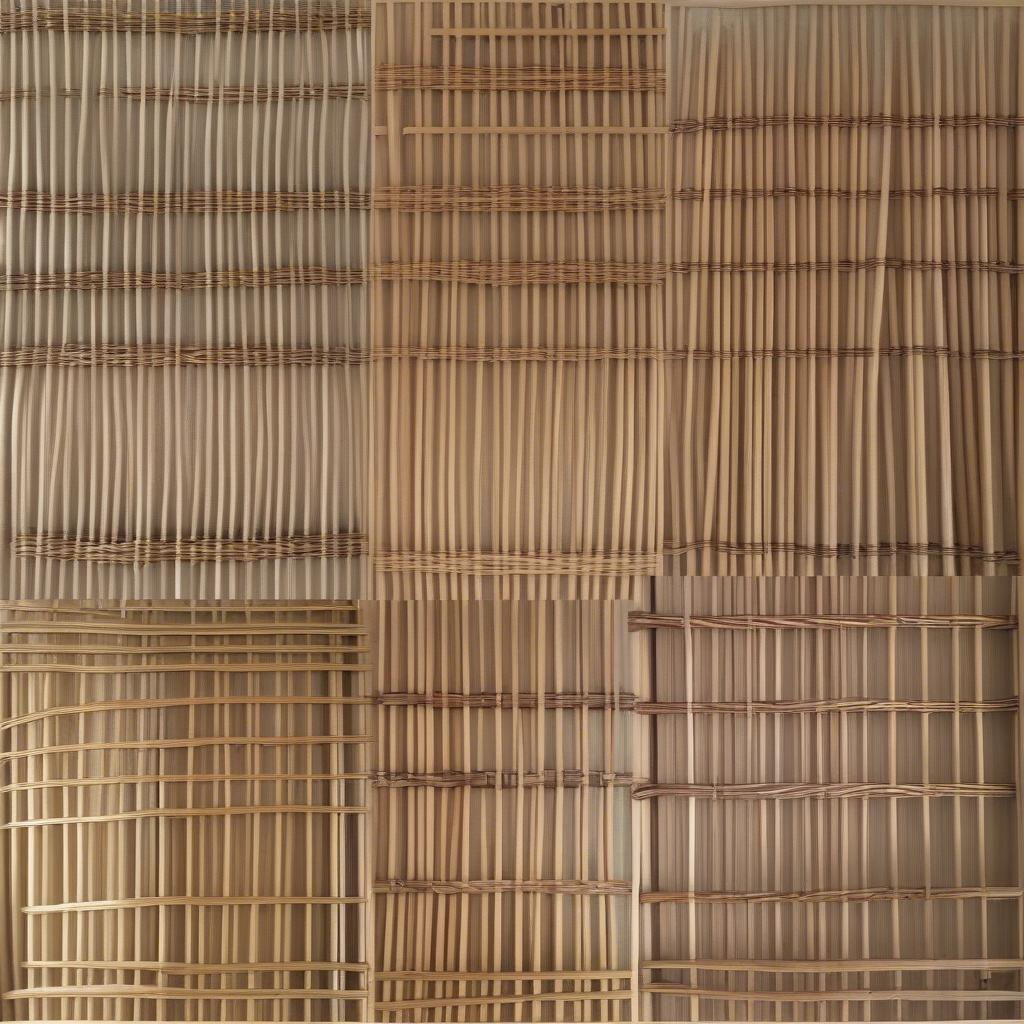Weave Chair
How to Weave a Rattan Chair: A Comprehensive Guide
Learning how to weave a rattan chair is a rewarding experience, connecting you with a rich tradition of craftsmanship. This guide will provide you with the knowledge and techniques needed to create your own beautiful and functional rattan furniture. We’ll cover everything from choosing the right materials to mastering essential weaving patterns. Let’s dive in and discover the art of rattan chair weaving!
Understanding Rattan and Its Properties
Rattan is a naturally strong and flexible material derived from climbing palms native to tropical regions of Southeast Asia, Africa, and Australasia. Its inherent durability and lightweight nature make it ideal for furniture making. Before you begin weaving, it’s crucial to understand the different types of rattan and their specific uses. For example, thicker strands are perfect for structural elements, while thinner, more pliable rattan is better suited for intricate weaving patterns. Knowing the difference is key to achieving a professional finish.
 Selecting the Right Rattan for Chair Weaving
Selecting the Right Rattan for Chair Weaving
Preparing the Rattan for Weaving
Before you start weaving, the rattan needs to be prepared. Soaking the rattan in warm water for about 30 minutes makes it pliable and easier to work with. This step prevents the rattan from cracking or breaking during the weaving process. Once soaked, allow the rattan to air dry slightly until it’s damp but not dripping wet. This perfect balance of moisture and dryness is essential for optimal weaving.
Essential Tools for Rattan Weaving
Having the right tools can make a significant difference in the quality and ease of your weaving. Essential tools include a sharp knife or pruning shears for cutting rattan, a mallet for securing joints, and various awls and needles for guiding the rattan through the weave. Specialized tools like a rattan splitter can be helpful for creating uniform strands, especially when working with thicker rattan.
Basic Rattan Weaving Techniques
Mastering a few basic weaving techniques is the foundation for creating beautiful and intricate rattan chair designs.
- The Over-Under Weave: This fundamental technique involves weaving the rattan over and under perpendicular strands, creating a simple yet sturdy pattern. It’s the basis for many more complex weaves.
- The Figure-Eight Weave: This technique creates a decorative pattern by looping the rattan in a figure-eight motion around the frame. It adds visual interest and texture to your chair.
- The French Cane Weave: This slightly more advanced technique involves wrapping the rattan around vertical supports to create a smooth, elegant finish, often seen in high-end rattan furniture.
 Demonstrating Rattan Chair Weaving Techniques
Demonstrating Rattan Chair Weaving Techniques
Building the Rattan Chair Frame
The frame of your rattan chair provides the structural support for the entire piece. Traditionally, the frame is constructed from thicker pieces of rattan, carefully bent and secured to create the desired shape. You might consider a jolly rattan weave chair design for a classic and comfortable option. Precise measurements and strong joinery are crucial for a stable and long-lasting chair.
Weaving the Seat and Back
Once the frame is complete, you can begin weaving the seat and back. This is where your creativity and weaving skills truly shine. You can experiment with different weaving patterns and variations to create a unique and personalized chair. Consider how you’d weave a hammock weave chair for a relaxed, suspended seating experience.
 Weaving the Rattan Chair Seat and Back
Weaving the Rattan Chair Seat and Back
Finishing and Caring for Your Rattan Chair
Once the weaving is complete, you can apply a protective sealant to enhance the durability and longevity of your rattan chair. This will protect it from moisture and UV damage, especially if it’s intended for outdoor use. Regular cleaning and proper storage will also help to maintain the beauty of your handcrafted rattan chair. Perhaps you’re interested in learning how to weave outdoor chair materials for increased weather resistance.
Conclusion
Learning how to weave a rattan chair allows you to create beautiful and functional furniture while connecting with a timeless craft. By mastering the basic techniques and understanding the properties of rattan, you can embark on a rewarding journey of creating your own unique pieces. From selecting the right rattan to finishing the final product, this guide provides the essential knowledge to weave a beautiful and durable rattan chair. You could even explore designs like an old chair with round back and fancy weave pattern for a more intricate project.
FAQ
- What type of rattan is best for beginners? Reed rattan is a good choice for beginners due to its flexibility and ease of use.
- How long does it take to weave a rattan chair? The time varies depending on the complexity of the design, but it can take anywhere from a few days to several weeks.
- Where can I buy rattan materials? Rattan can be purchased from craft stores, online retailers, and specialty suppliers.
- Can I paint or stain a rattan chair? Yes, but it’s recommended to use a paint or stain specifically designed for rattan.
- How do I repair a broken rattan strand? You can splice in a new piece of rattan using a specialized glue and wrapping technique.
- Is rattan eco-friendly? Yes, rattan is a sustainable and renewable resource.
- What is the difference between rattan and wicker? Rattan is a natural material, while wicker refers to the weaving process itself.
For more information on specific chair types, such as the vinyl weave chair, you can explore other resources on our website.
If you need assistance, please contact our 24/7 customer service team at +84 388 951 999 or visit us in Hanoi, Vietnam, or at Tech Avenue, Suite 12, San Francisco, CA 94105, USA.
